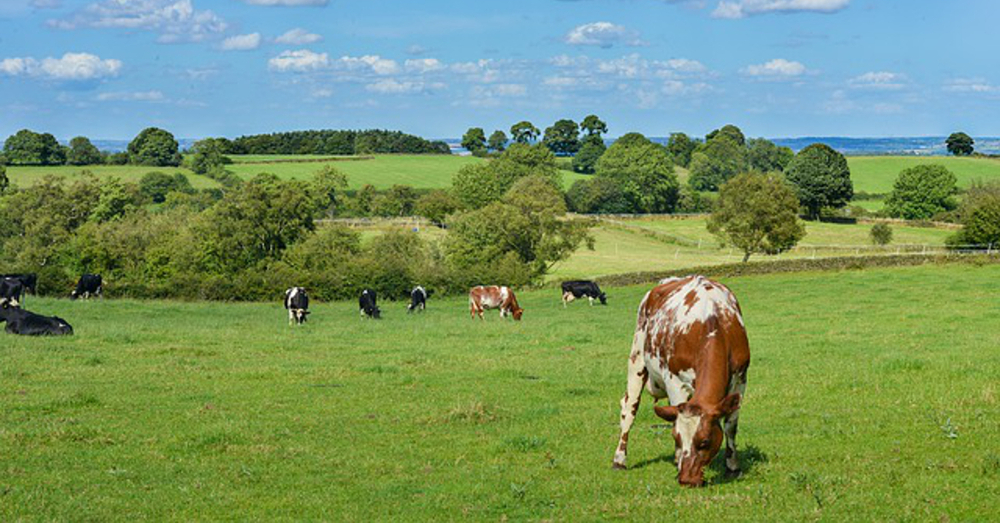
Dairy Antibiotics: Setting the Record Straight
Regeneration Vermont has spent the last seven months reviewing both federal and state data on the growing problem that is antibiotic-infected dairy and dairy-derived meat products (more than half the U.S. meat supply now comes from culled dairy cows). While not wanting to steal the thunder from the release of the full report, it is essential that the baseless claims that “antibiotics aren’t a problem in Vermont” not be allowed to stand without challenge.
October 11, 2017 | Source: Regeneration Vermont | by Michael Colby
Regeneration Vermont has spent the last seven months reviewing both federal and state data on the growing problem that is antibiotic-infected dairy and dairy-derived meat products (more than half the U.S. meat supply now comes from culled dairy cows), including the submission of numerous public records requests, interviews with regulators, farmers and farmworkers, veterinarians and public health officials. While not wanting to steal the thunder from the release of the full report, it is essential that the baseless claims that “antibiotics aren’t a problem in Vermont” not be allowed to stand without challenge.
Fact: If you consume non-organic dairy products you are consuming antibiotic residues. The U.S. Food & Drug Administration sets tolerances for these antibiotics – not bans. Thus, for each of the dozens of approved dairy cow medications, there are levels that are deemed “acceptable” for human consumption via the dairy products. Interestingly, these levels are set based on numerous factors, including human health impact and, extremely important for dairy, the impact on the dairy product itself. Many dairy products, especially yogurt, rely on natural bacteria and enzymes to exist, and, if antibiotic residues are too high, these necessary cultures will be killed off. So it’s not a matter of antibiotics or no antibiotics with so-called conventional dairy products, but rather how much or how many are we consuming.
Antibiotics are used extensively on Vermont’s confinement dairies, especially the growing number of these farms that warehouse thousands of cows in conditions that breed the maladies that require antibiotics to keep the cows in production, particularly udder infections (mastitis) and respiratory problems. Unfortunately, the Agency of Agriculture does not keep track of this antibiotic use, keeping the total usage figures locked up and private between the farms and their veterinarians. It’s this kind of “see no evil, hear no evil” approach from the Agency that allows them to flourish in their role as cheerleader-in-chief for industrial dairies rather than regulating and policing their activities.
